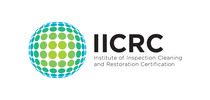Call for help?
1300 762 02124/7 Service availability!
Ready to Serve You Day or Night

We all know mould as that pesky little gremlin that often appears wherever there is a frequently high amount of moisture and humidity in the air. Mould, and its younger cousin, mildew – mould in its early stage – can severely impact your health. Mould removal is a stage none of us really want to get to –you know what they say, “prevention is better than cure”, right?
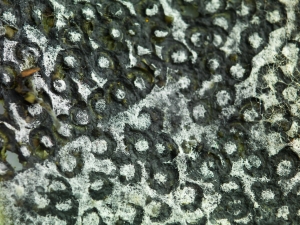
Mould is a type of fungi comprising of naturally occurring organisms that play a major part in the ecosystem. Mould thrives in damp and poorly ventilated areas and reproduces by making spores. Present basically everywhere, mould can grow in and on matter such as food, fabric, carpets, walls, paper, timber, and plumbing.
1 in 4 homes contain mould. According to a review of nine studies published in the Medical Journal of Australia in 2018, an estimated 26% of Australian homes have mould in areas other than the bathroom. While mould can often be visible on surface areas, it can sometimes be hidden within walls. While mould could be detrimental if found in your home, however, it does serve important purposes elsewhere, such as the breaking down of organic matter in nature (not to mention it is essential in the making of brie and penicillin!)
Water leaks often precede mould on a property. Water damage is often found at the source of visual signs of mould growth. Mould removal is something to seriously consider if you are experiencing mould in your home.
Mould spores spread like wildfire and are impossible to completely get rid of. The inhalation of these spores can inflame the airways, causing nasal congestion, wheezing, chest tightness, coughing and throat irritation. Ongoing exposure to mould can decrease lung function and cause chronic health problems, such as asthma. According to the World Health Organisation, a substantial amount of the world’s 300 million cases of asthma in children is a result of mould exposure.
Recent studies have shown that mould can even be related to depression.
Symptoms of a possibly mould allergy include:

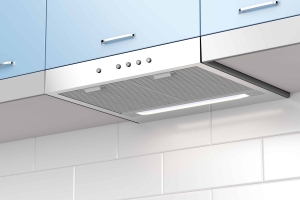
If you have a ducted or ductless range/exhaust hood in your kitchen, it is recommended to use it every time you’re cooking on the stove. If you don’t have one, exhaust hoods is an investment that could positivity impact your health and also aid in the fight against mould in your home.
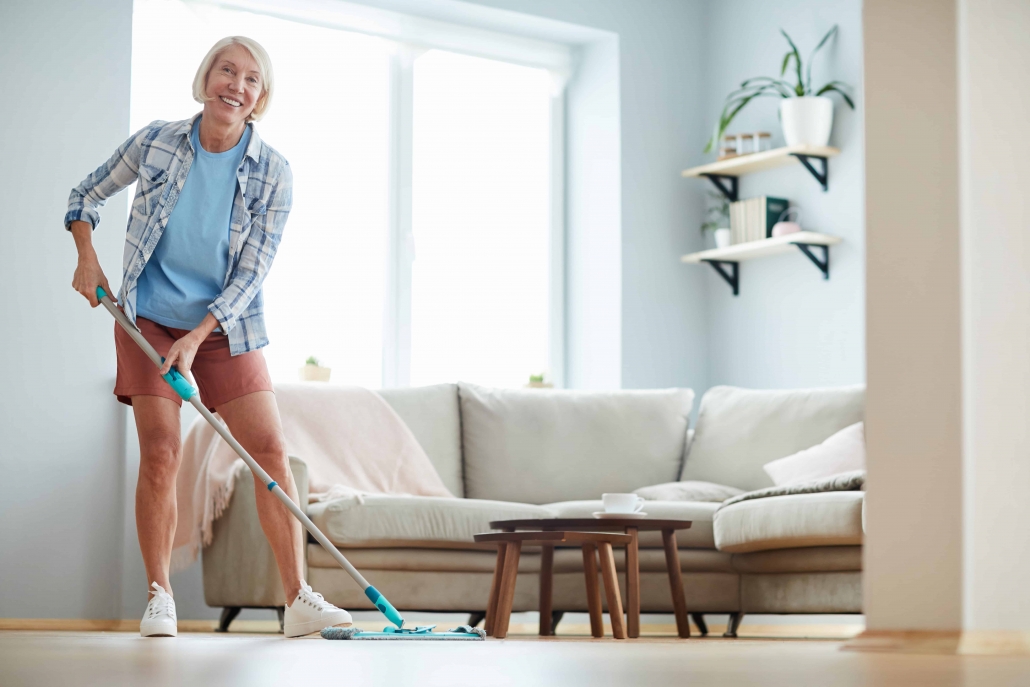
Without moisture, mould can’t grow, so it’s best to treat wet areas as soon as possible. If you’ve experienced a flood, remove all furniture, bedding and carpets if they can’t be completely dried.
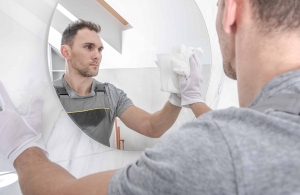
Installing an exhaust fan is an excellent option for mould prevention in the bathroom, as it will help circulate the air cand remove moisture quickly and effectively.

It is best to dry your clothes outside, but if you need to dry them indoor, do so in a well-ventilated area inside. Make sure they are dry before putting them away and leave your wardrobe doors open where possible.
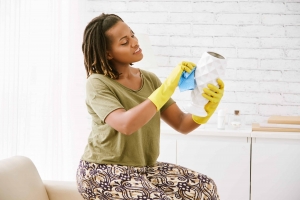
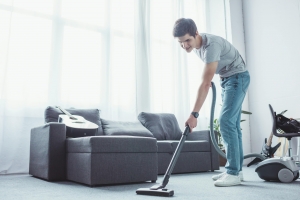
Vacuums with HEPA (High-Efficiency Particulate Air) filters trap the dirt you can’t see, as well
as trapping droppings from dust mites, pollen, mould, pet dander, and tobacco particles. View a list of available HEPA vacuums available here.
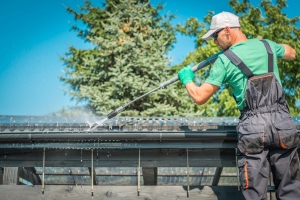
Sometimes, mould issues could be a simple matter of a leaky roof due to damaged or full gutters. Ensure your gutters are cleaned regularly and repair when necessary.
Looking for a trusted company to keep your apartment spotless? At South QLD Water, Fire, Mould, Restoration, we provide expert...
Are you concerned about mould in your home or workplace? Mould growth can pose serious health risks and damage your...
Looking for trusted and efficient house cleaning in Brisbane? At South QLD Water, Fire, Mould, Restoration, we provide high-quality home...
Call Us Anytime
1300 762 021Submit this information and we will send you the cost for the service.



